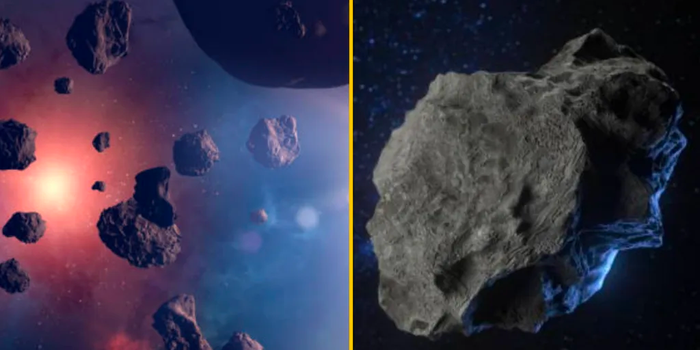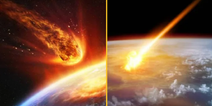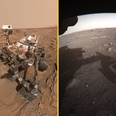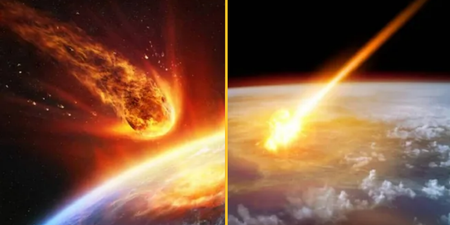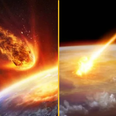It is passing close enough to be recorded as a ‘near-Earth object’
A space rock bigger than ten buses is hurtling towards Earth and is due to fly past on Wednesday.
NASA says the asteroid – which is named 2013 WV44 and estimated to be up to 524 feet (160 metres) in diameter – will pass around 9 am British and Irish time.
According to MailOnline the asteroid will be travelling at 11.8 km per second, or over 26,000 miles per hour. While heading towards Earth, it won’t get closer than 2.1 million miles.
Despite being around nine times further out than the moon, the asteroid is classed as a near-Earth object (NEO) and is being tracked by NASA.
The space agency believes the event could happen within the next decade.https://t.co/OxWSn7e2qF
— JOE.ie (@JOEdotie) June 25, 2023
NASA has said: “NEOs are comets and asteroids that have been nudged by the gravitational attraction of nearby planets into orbits that allow them to enter the Earth’s neighbourhood.
“Composed mostly of water ice with embedded dust particles, comets originally formed in the cold outer planetary system while most of the rocky asteroids formed in the warmer inner solar system between the orbits of Mars and Jupiter.
“The scientific interest in comets and asteroids is due largely to their status as the relatively unchanged remnant debris from the solar system formation processes some 4.6 billion years ago.”
A near-Earth object is anything that comes within 1.3 astronomical units (AU) – 120.8 million miles – of the sun and hence within 0.3 AU (27.8m miles) of Earth’s orbit.
The asteroid will be 2.1m miles away, but it is actually close in astronomical terms and is listed by NASA as one of the upcoming close approaches on its online tracker.
Asteroids are listed as “potentially hazardous” if it comes within 0.05 astronomical units (4.65m miles) of Earth and is larger than 459 feet (140 meters) in diameter.
2013 WV44 does not meet those specifications, but could still come within Earth’s orbit.
“Although it is not a PHA [potentially hazardous asteroid], it is relatively large,” Japanese astronomer Atsuo Asami wrote on Twitter.
Almost all NEOs are near-Earth asteroids (NEAs), although there are such things as near-Earth comets (NECs) too.
NASA says there are 32,254 known NEAs in our solar system, up 30,000 since last October.
It’s estimated that there are more than 10,000 larger than 460 feet (140 metres) in diameter, and nearly 1,000 larger than 3,280 feet (1km) in diameter – highlighting the need to keep track of these space rocks.
アポロ型地球近傍 #小惑星 2013 WV44 が2023年6月28日18時07分頃(JST)に地心から約349万km(月までの距離の約9倍)まで接近します. この小惑星は2013年11月に米国,ハワイのPan-STARRS 1, Haleakalaで発見, 推定直径は71-160mです. PHAではありませんが比較的大きな天体です. https://t.co/UjdcCMX9SP pic.twitter.com/roeCu87YUI
— Atsuo ASAMI 浅見敦夫 (@AsamiAtsuo) June 20, 2023
Article originally published on JOE.co.uk.
Read next:
- Rock giants Muse announce Dublin show as part of world tour
- Dave Grohl takes train to Glastonbury Festival
- Viewers stunned by massive Elton John crowd at Glastonbury show
- Lewis Capaldi ends Glastonbury set early as crowd sing while he ‘struggles’
